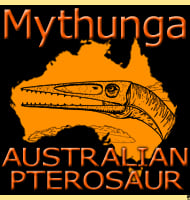Tienshanosaurus
In Depth Tienshanosaurus is a genus of sauropod dinosaur that lived in China during the late Jurassic. At twelve meters long Tienshanosaurus seems to have been fairly small for a sauropod dinosaur. In the past there has been some confusion concerning the validity of the genus, with the genus Euhelopus being considered to be a … Read more
